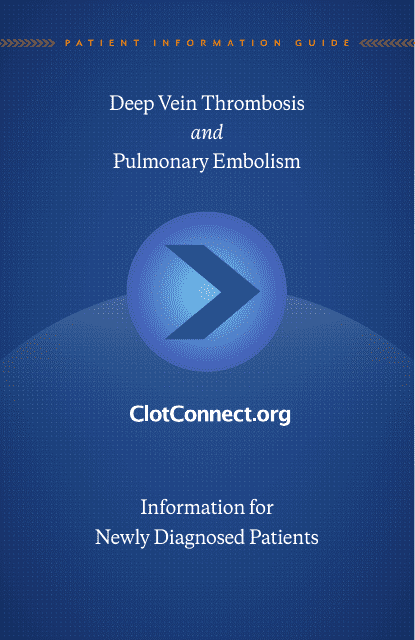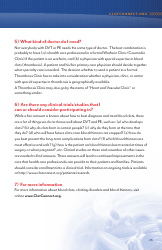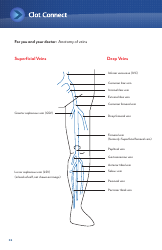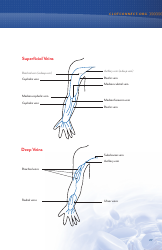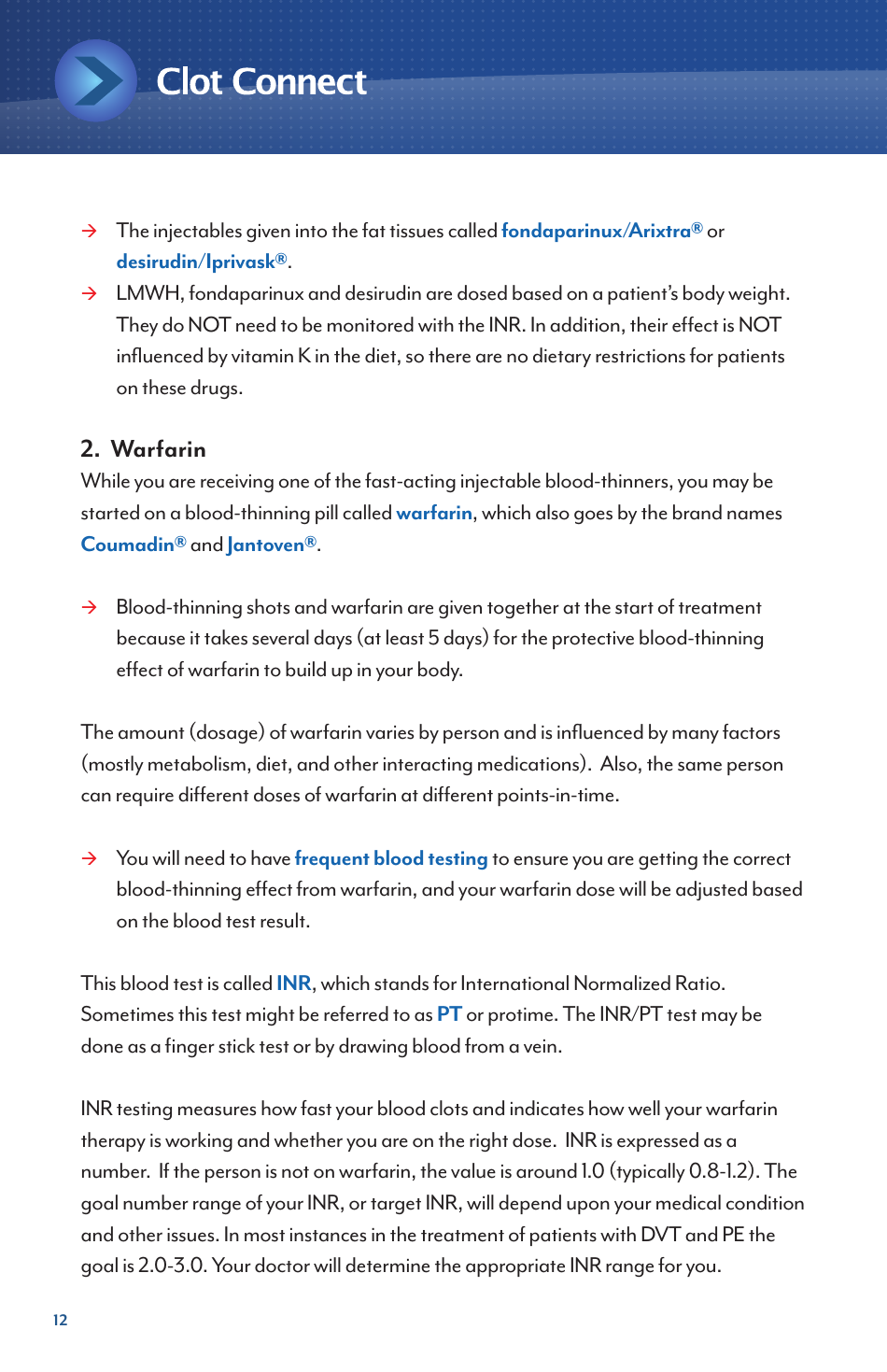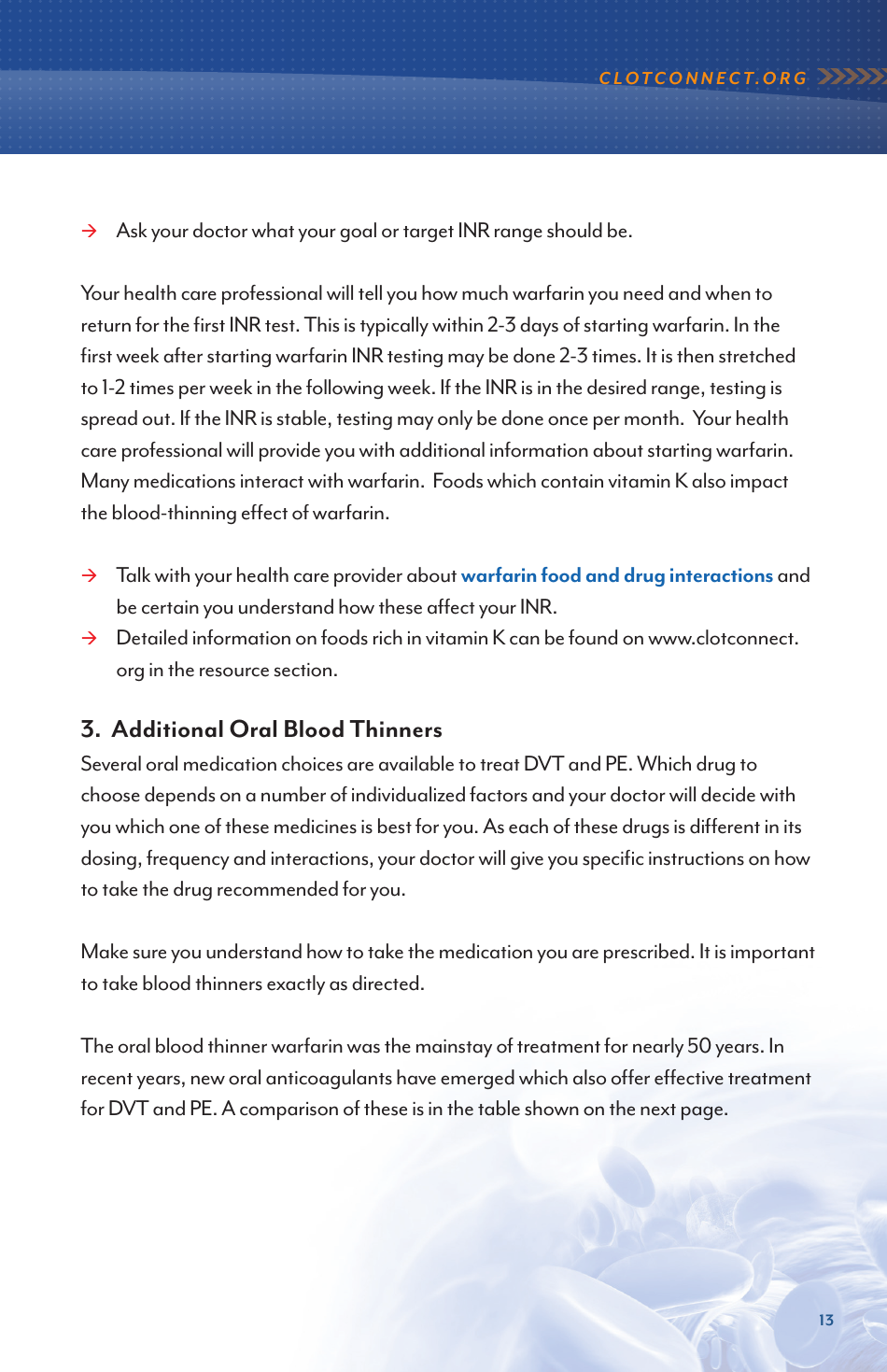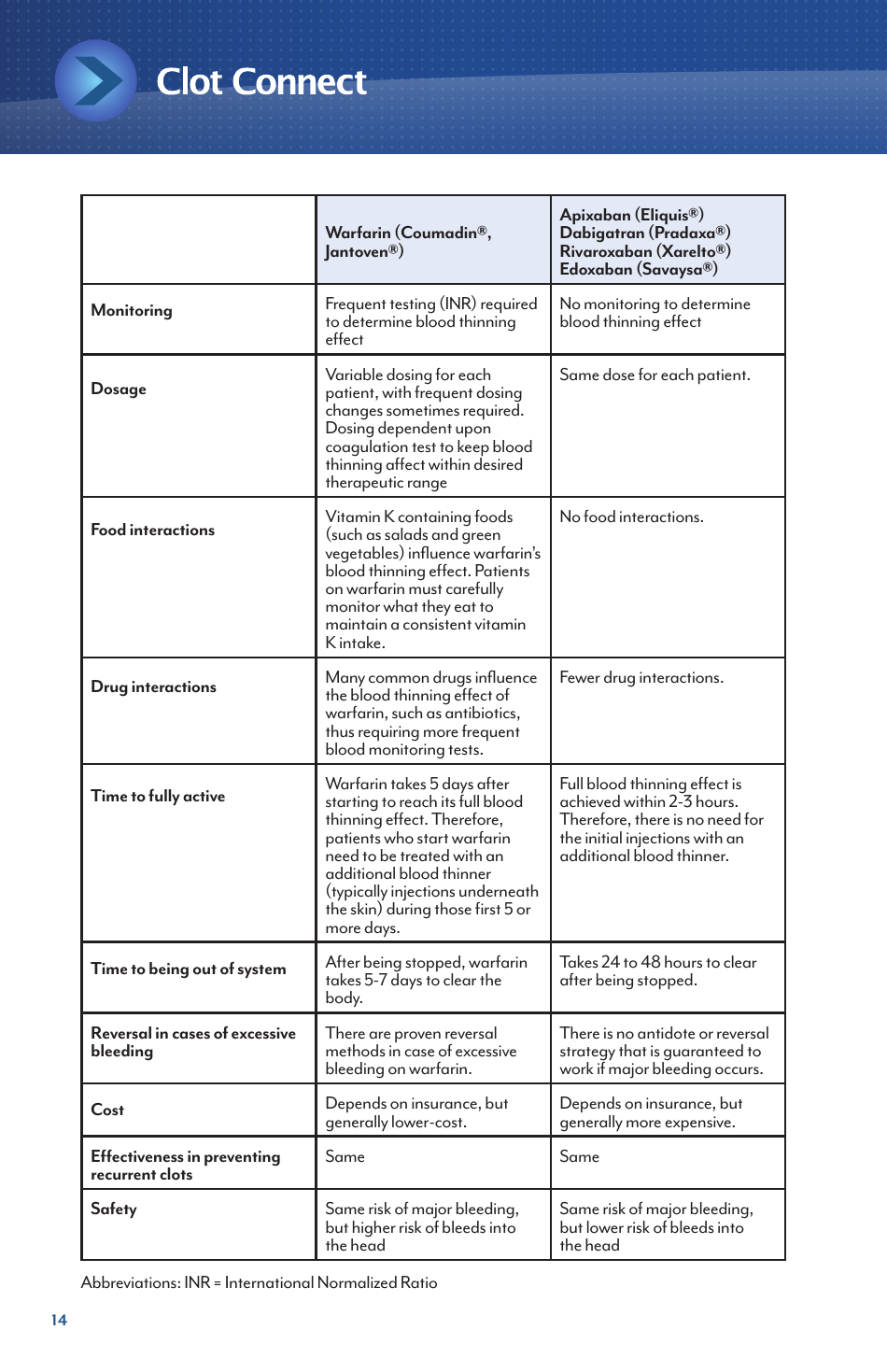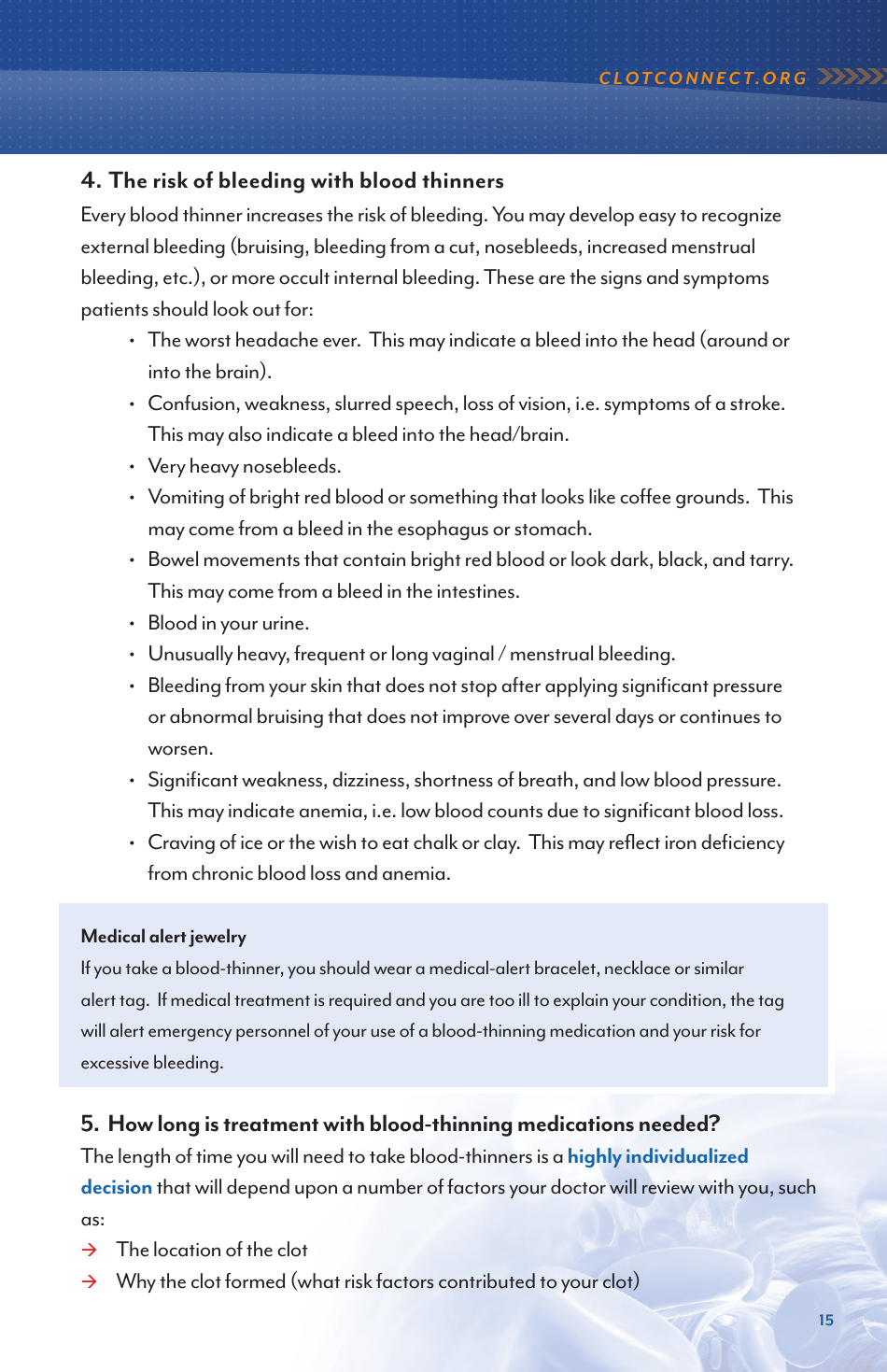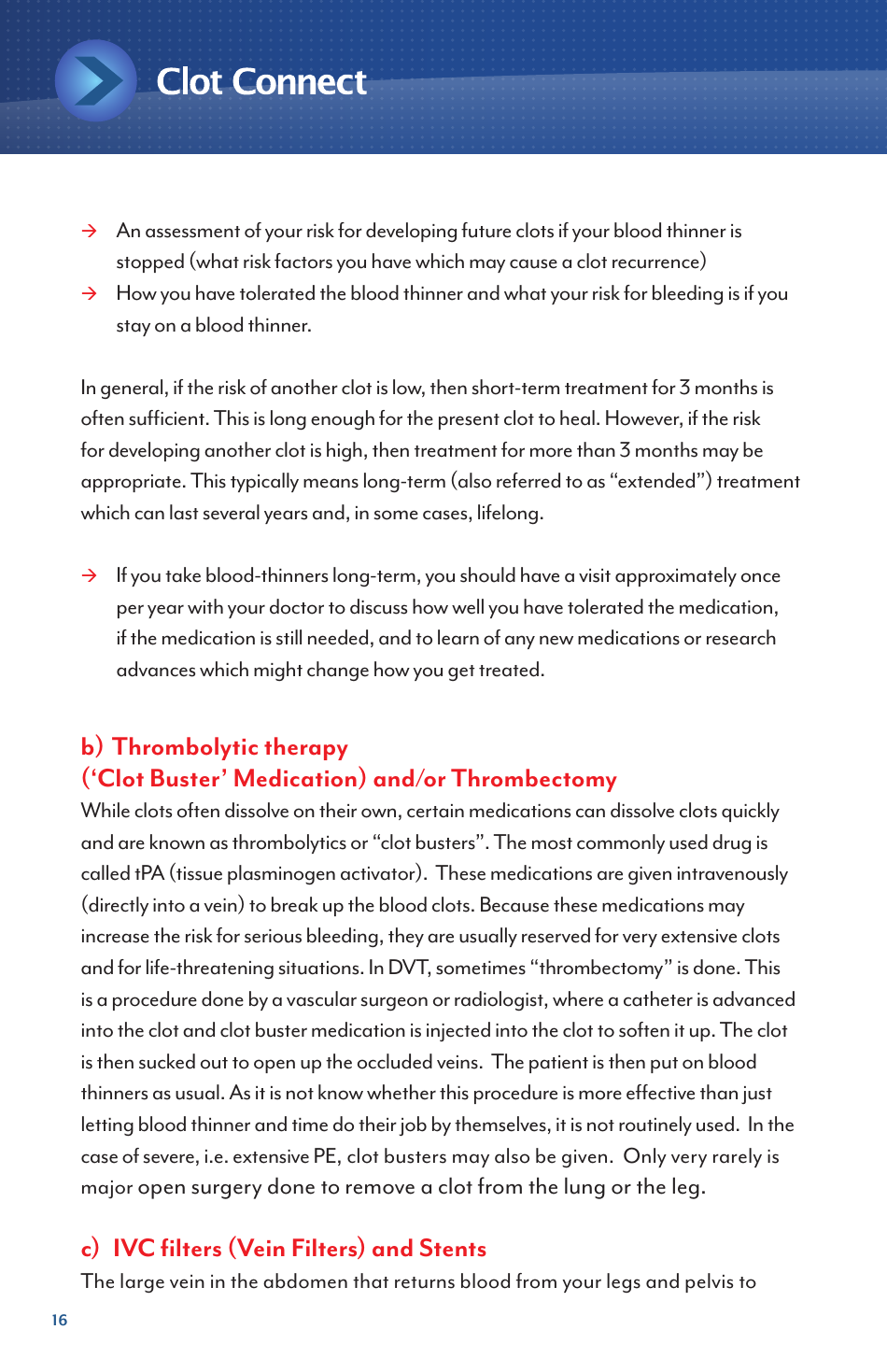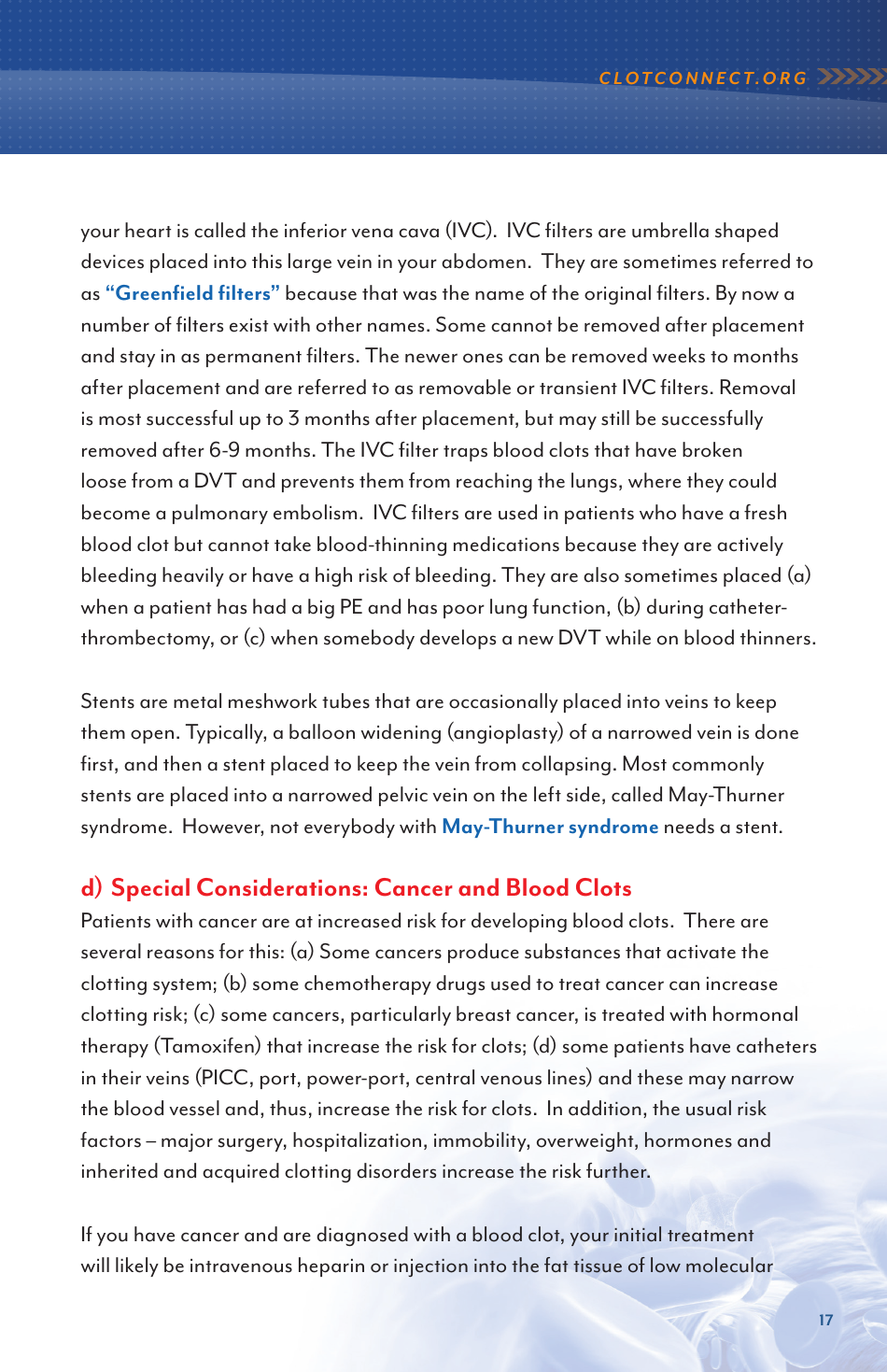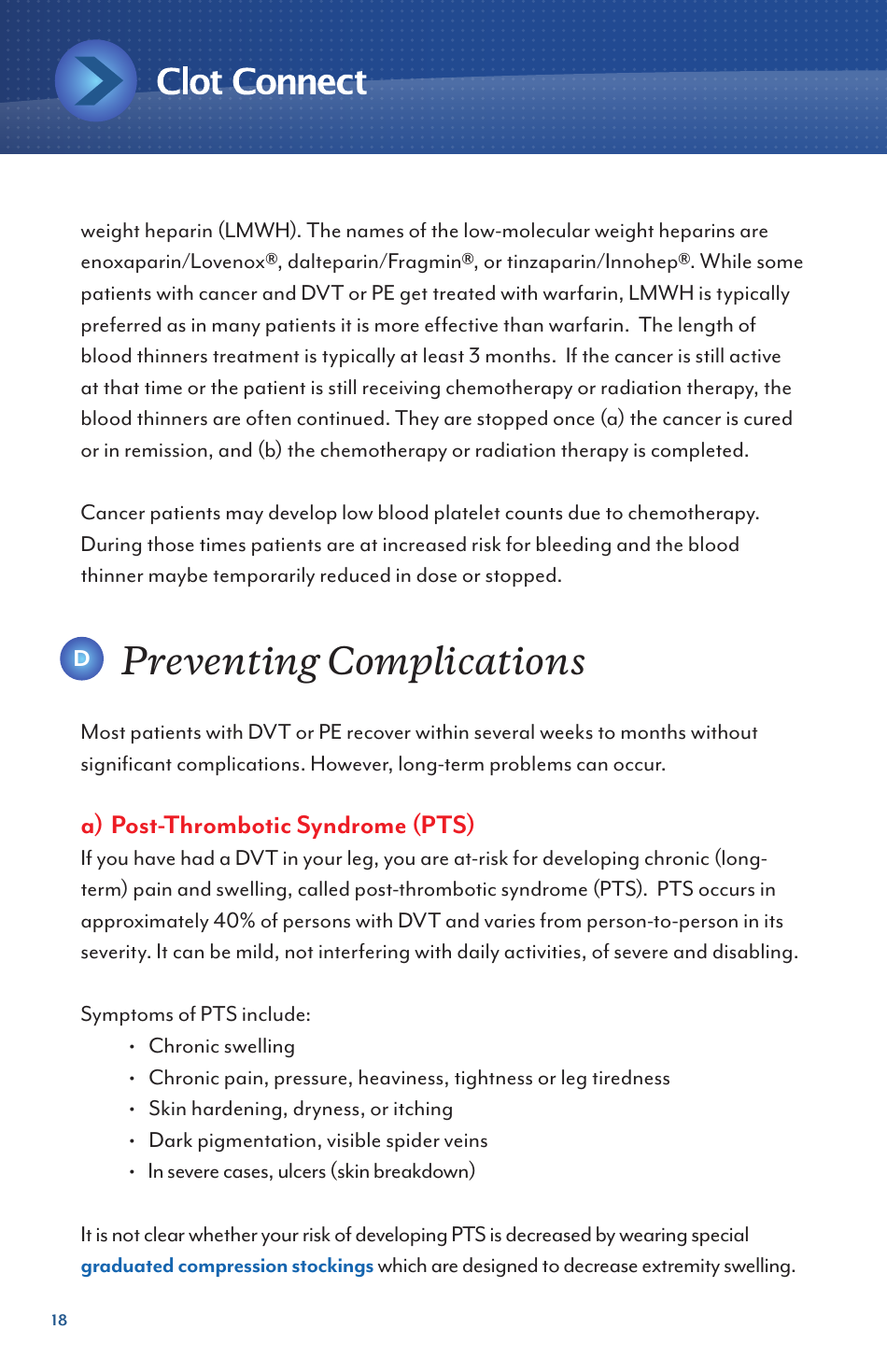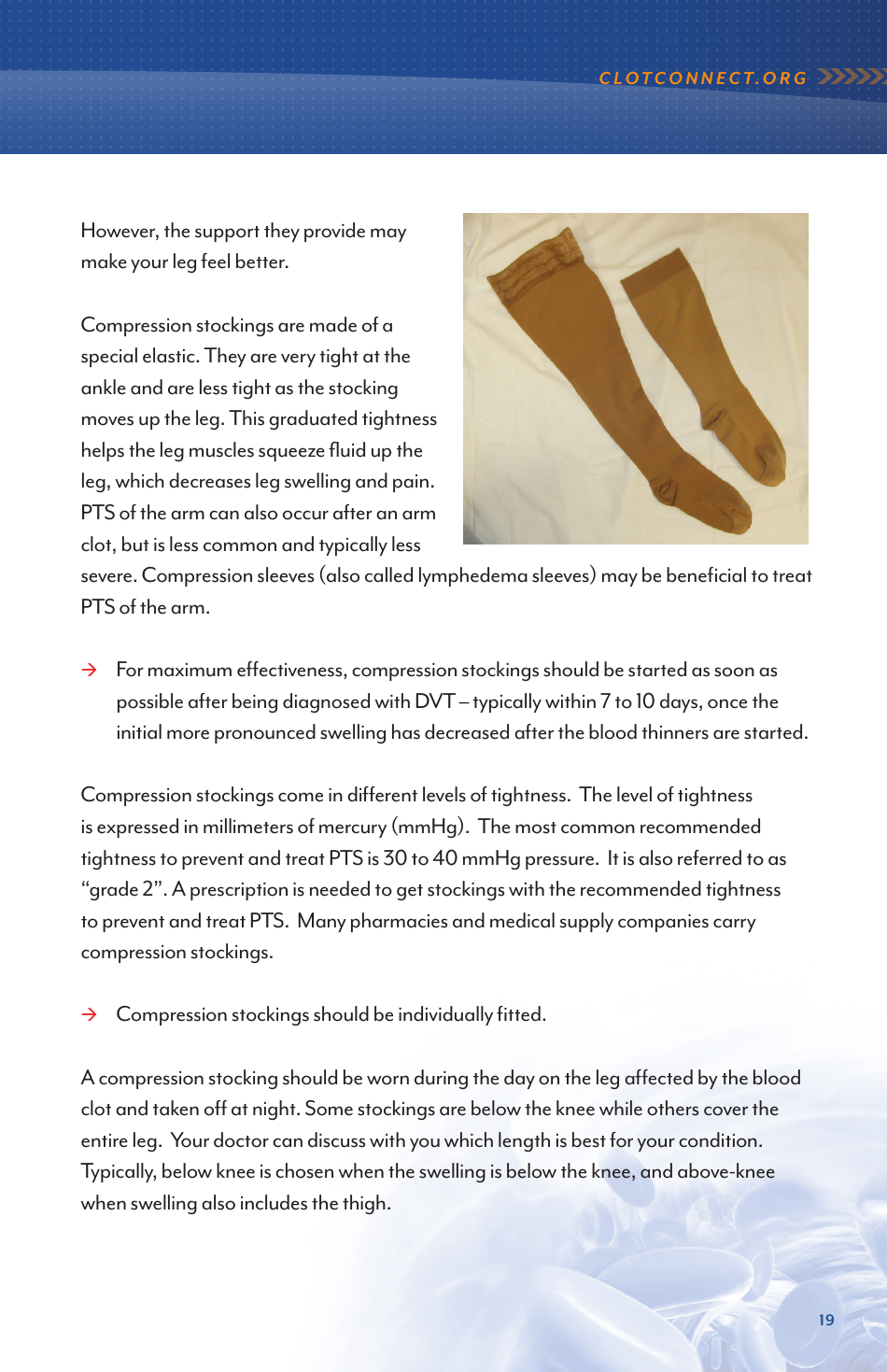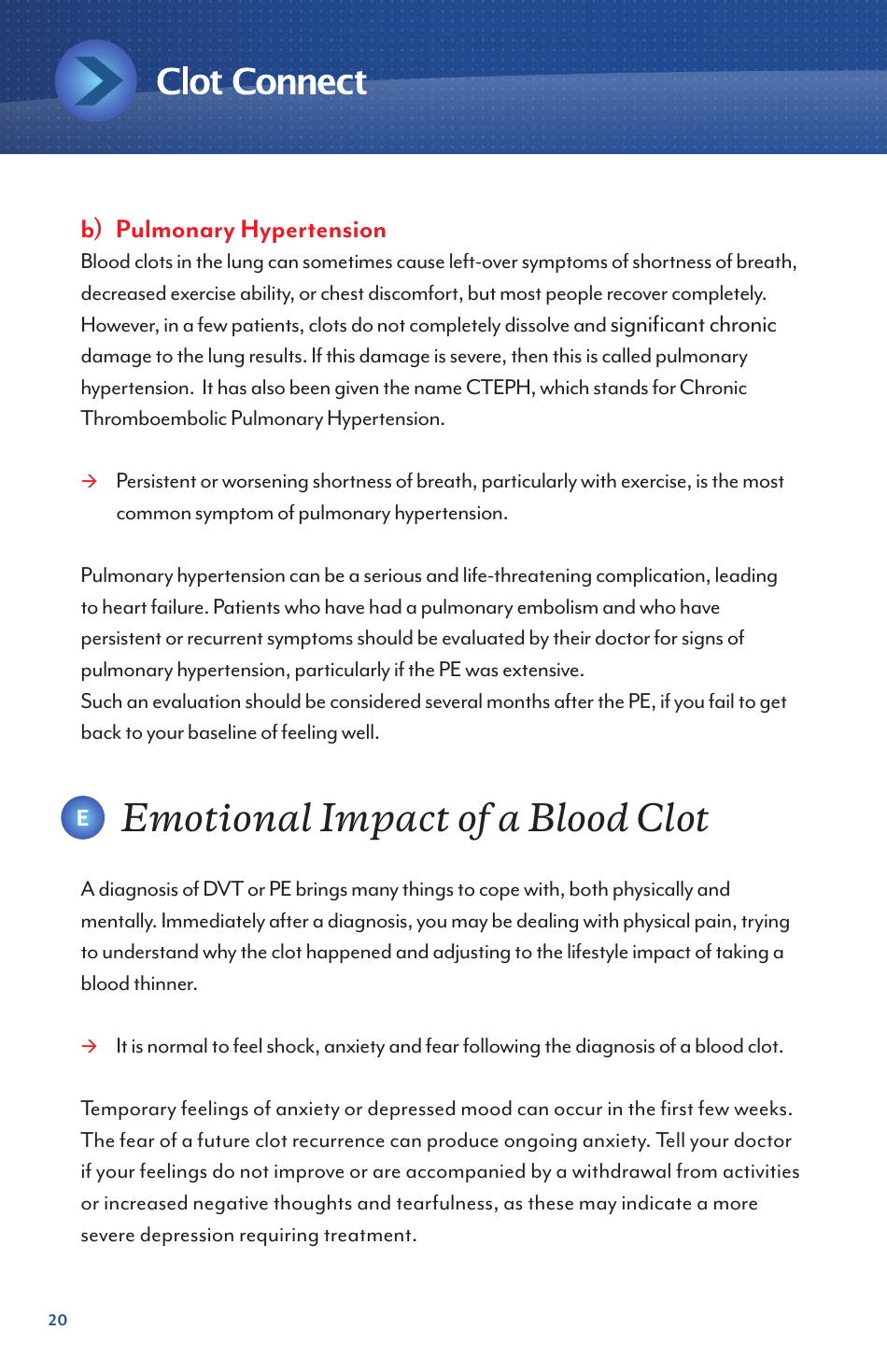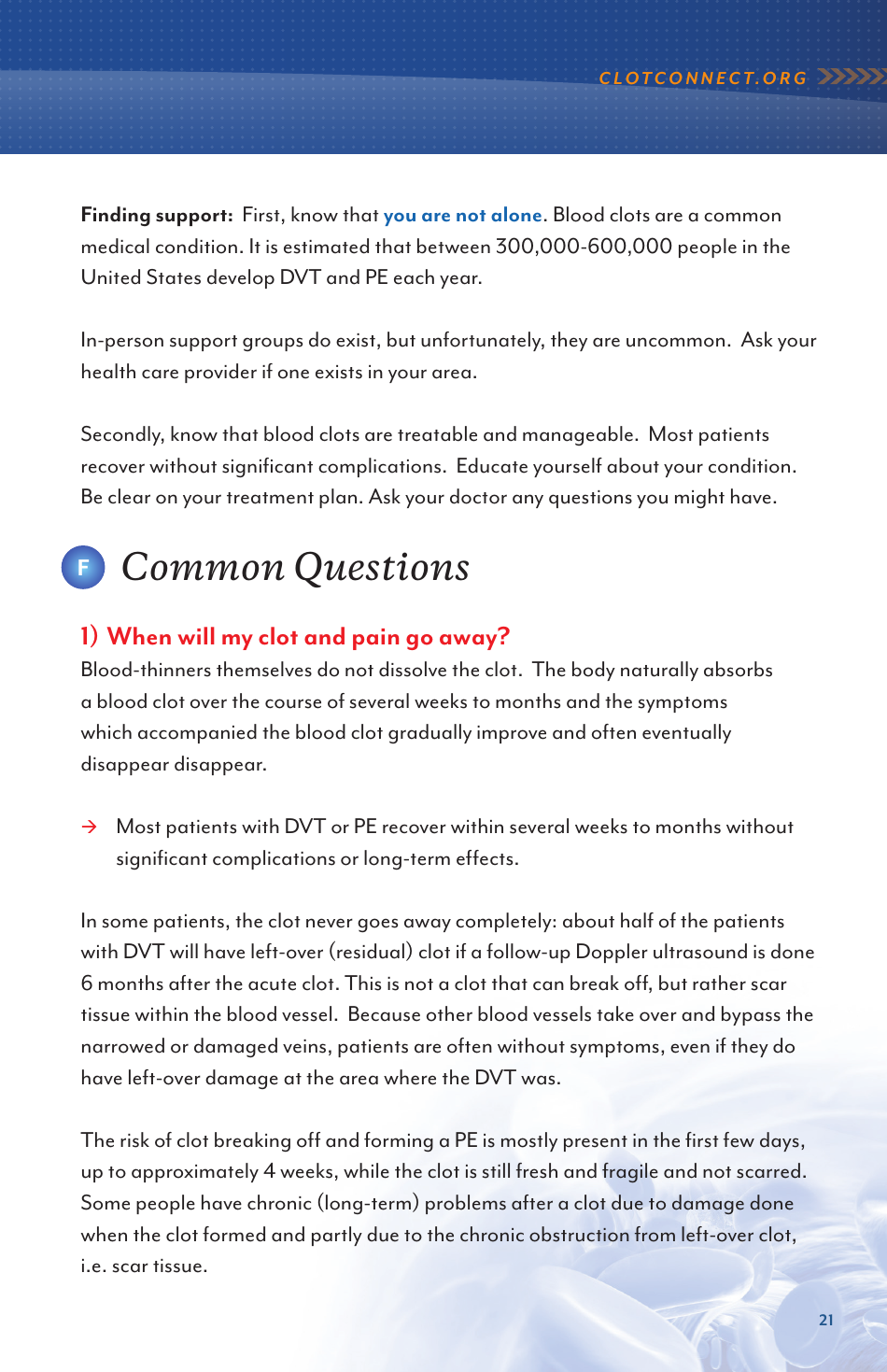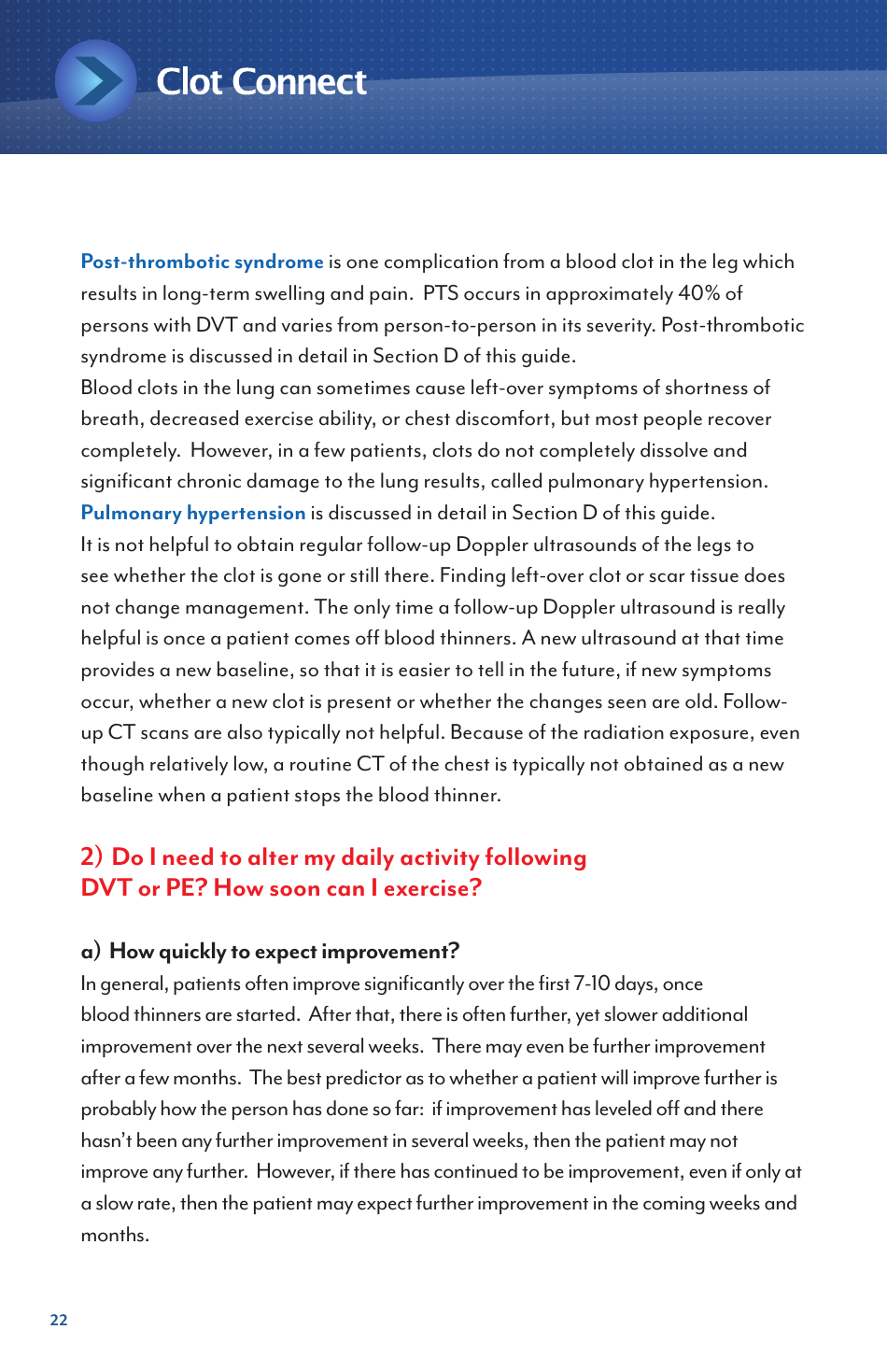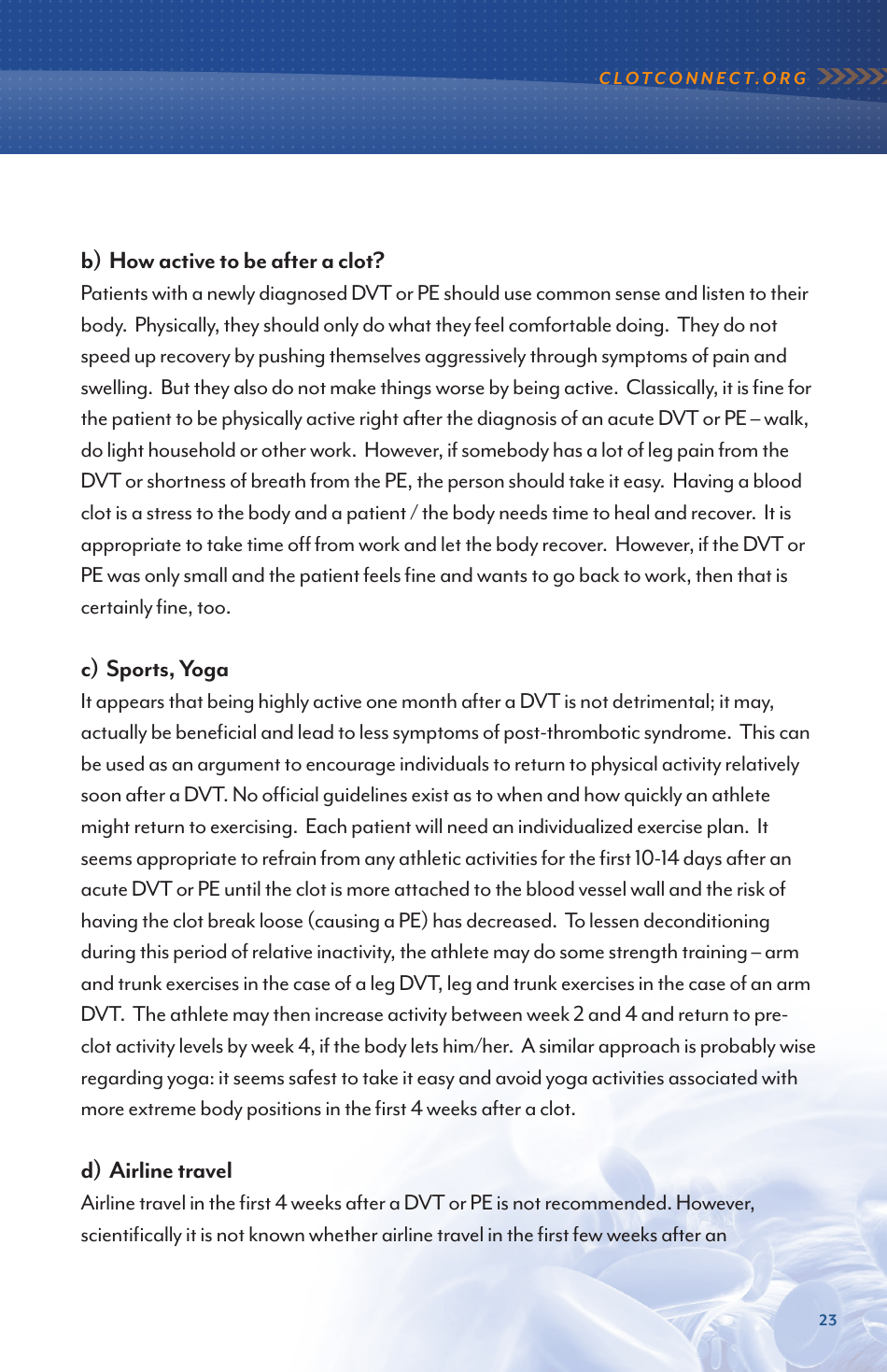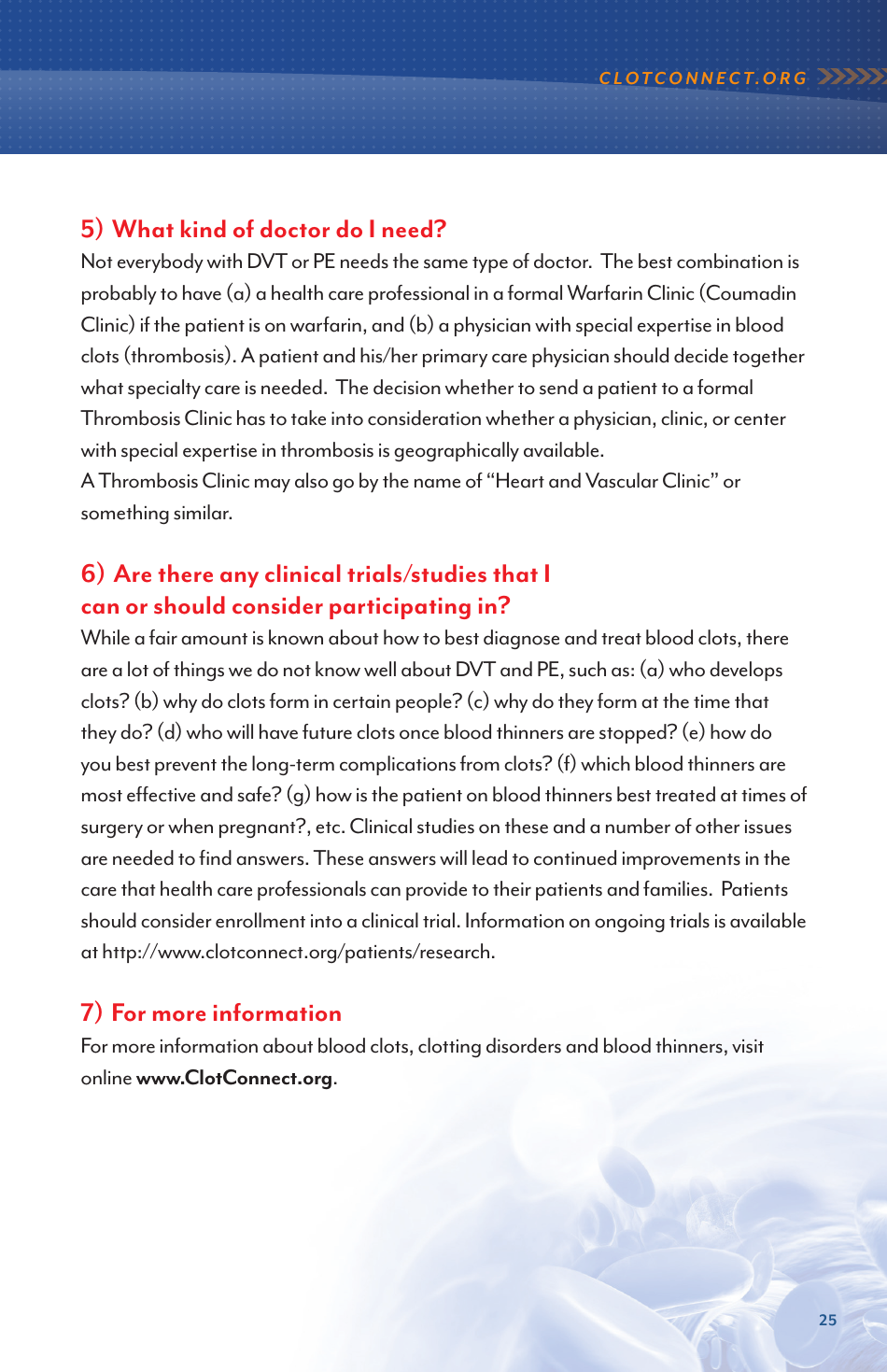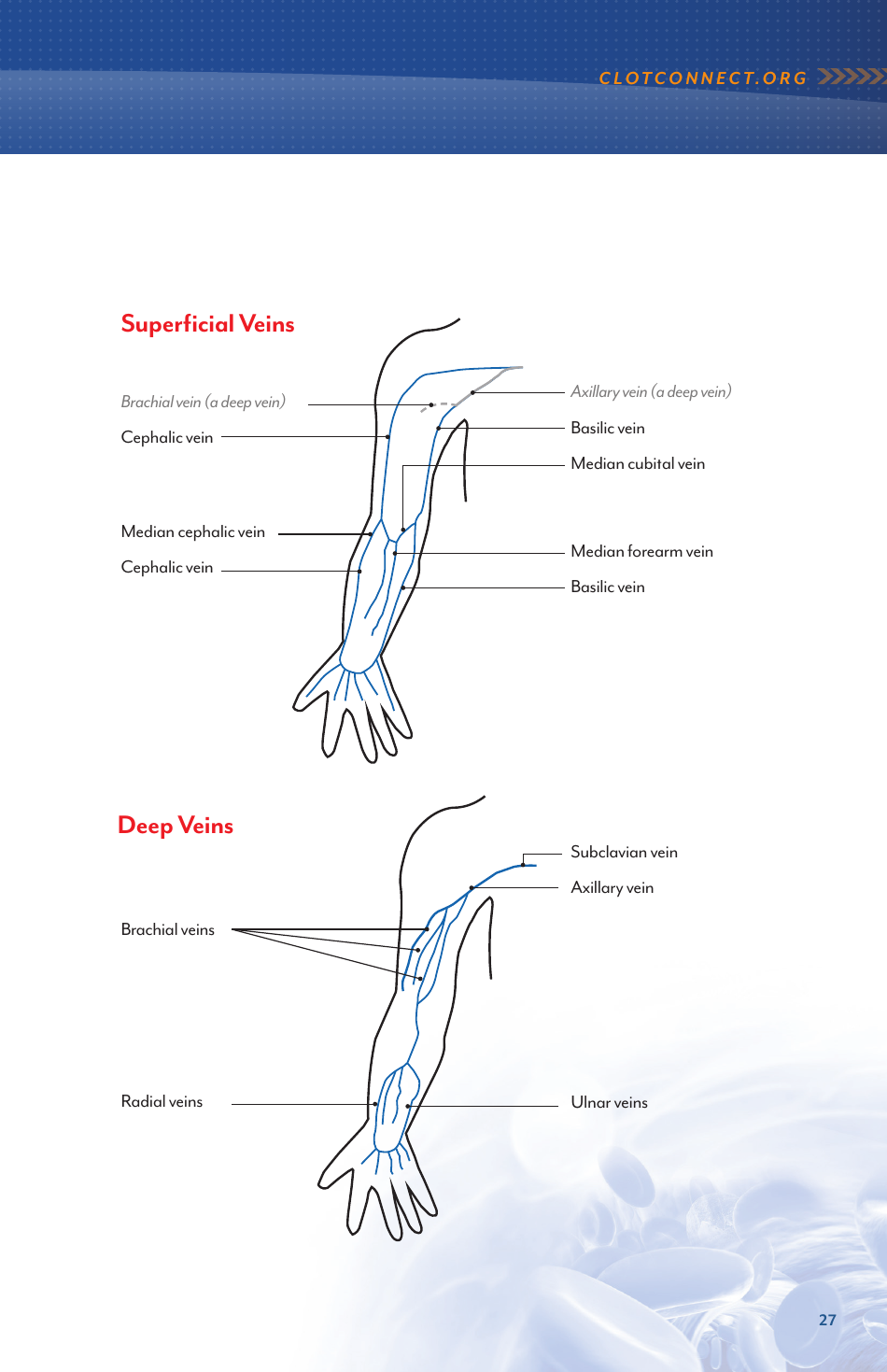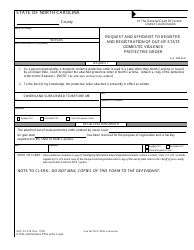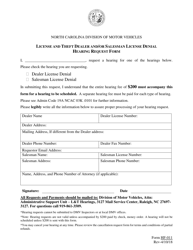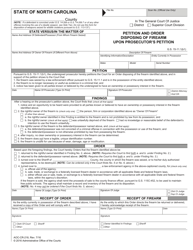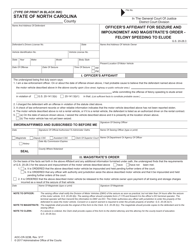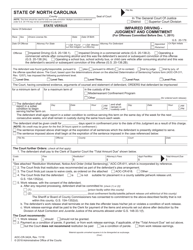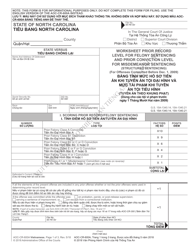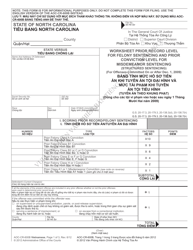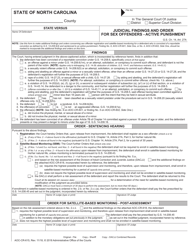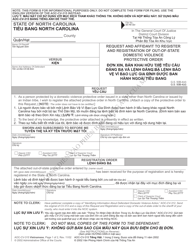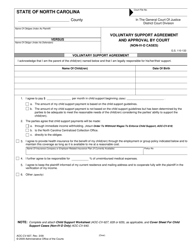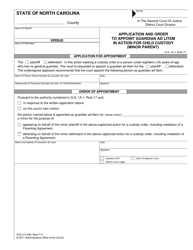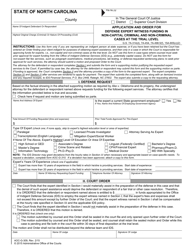Deep Vein Thrombosis and Pulmonary Embolism - Information for Newly Diagnosed Patients - North Carolina
"Deep Vein Thrombosis and Pulmonary Embolism - Information for Newly Diagnosed Patients" is a document in North Carolina that provides information about these medical conditions. It is specifically designed for individuals who have recently been diagnosed with deep vein thrombosis or pulmonary embolism. The document likely includes important details about these conditions, their symptoms, treatment options, and other relevant information to help patients better understand and manage their health.
FAQ
Q: What is deep vein thrombosis (DVT)?
A: DVT is a blood clot that forms in a vein, usually in the leg.
Q: What are the symptoms of DVT?
A: Symptoms of DVT may include swelling, pain, and warmth in the affected area.
Q: Why do blood clots form?
A: Blood clots can form due to certain risk factors, such as immobility, surgery, or certain medical conditions.
Q: What is pulmonary embolism?
A: Pulmonary embolism occurs when a blood clot travels to the lungs and blocks a blood vessel.
Q: What are the symptoms of pulmonary embolism?
A: Symptoms of pulmonary embolism may include sudden shortness of breath, chest pain, and coughing up blood.
Q: How are deep vein thrombosis and pulmonary embolism diagnosed?
A: Diagnosis is usually made through a combination of symptoms, physical examination, and imaging tests, such as ultrasound or CT scan.
Q: What are the treatments for DVT and PE?
A: Treatment may include blood thinners, compression stockings, and in some cases, surgery.
Q: Can DVT and PE be prevented?
A: Some preventive measures include staying active, wearing compression stockings, and taking prescribed medications.
Q: What is the long-term outlook for patients with DVT and PE?
A: With proper treatment, most patients can recover fully and lead normal lives, although some may be at increased risk for future blood clots.
